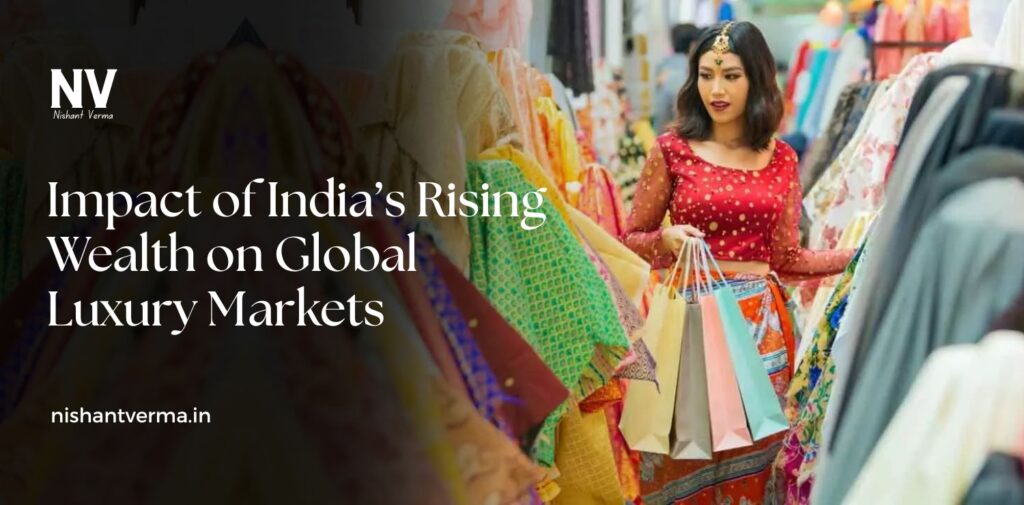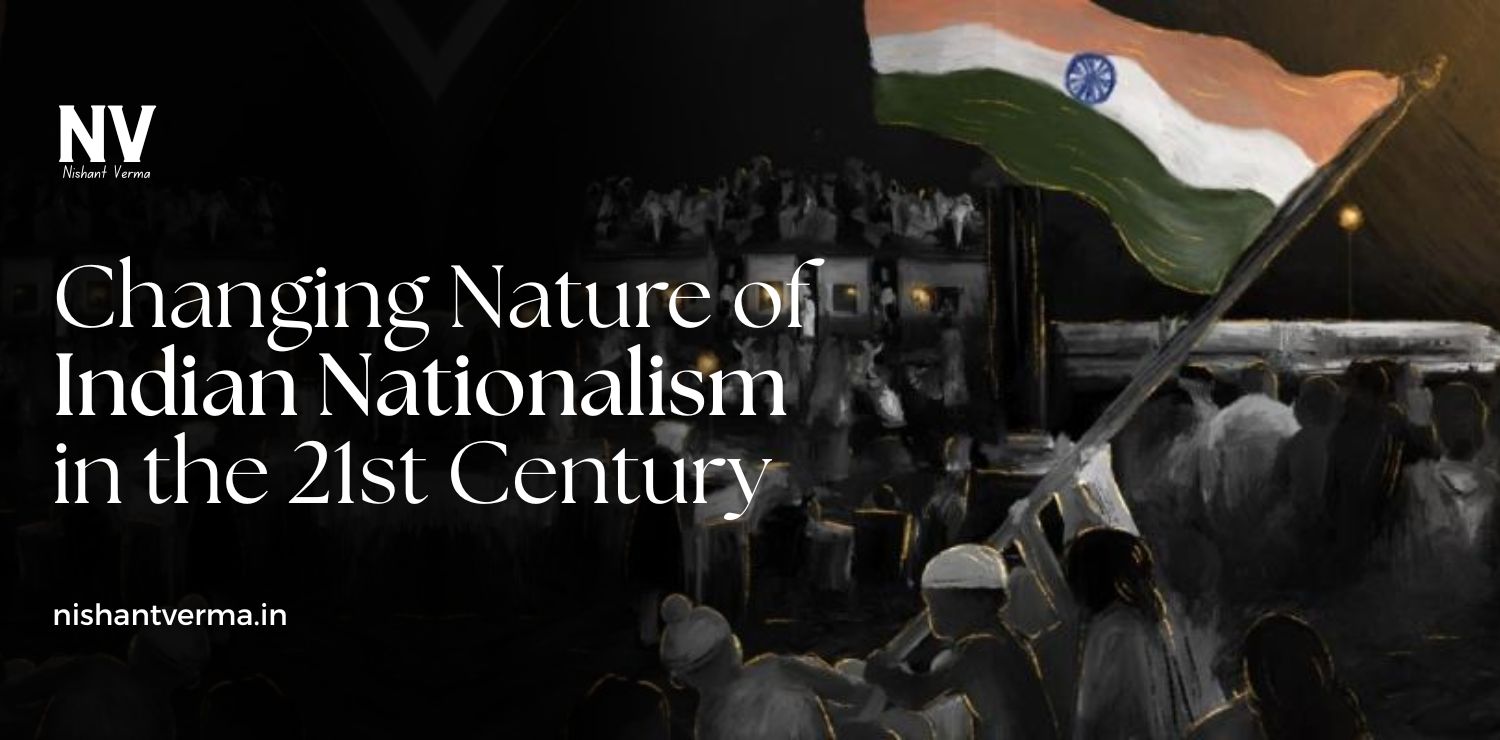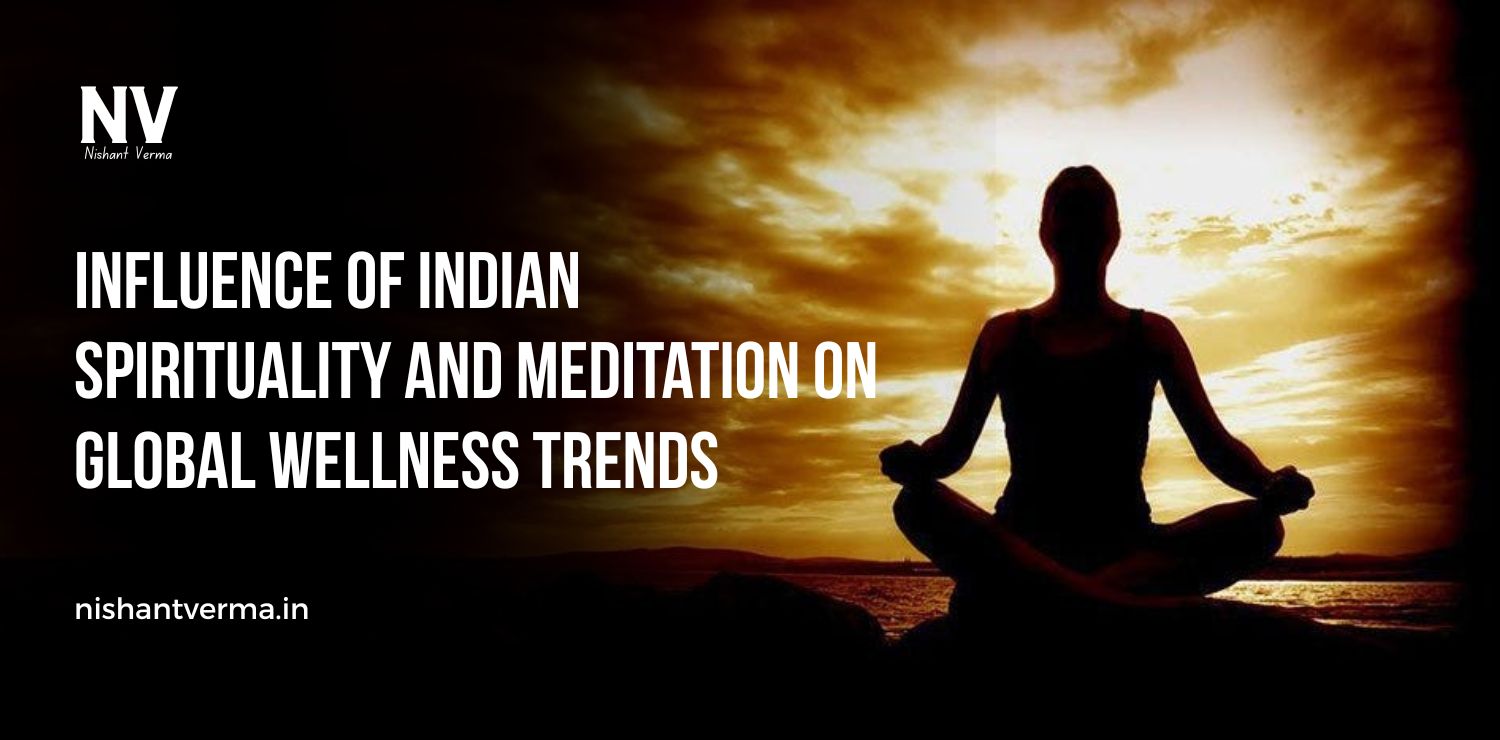In recent years, India has witnessed a remarkable increase in wealth, which has significantly altered its economic landscape. This change is not just influencing the domestic markets but also reshaping global industries, particularly the luxury sector. As the number of wealthy individuals in India rises, the demand for luxury goods and services has surged, creating ripple effects in international markets. This article will explore the impact of India’s rising wealth on the global luxury markets, examining the growing appetite for premium products, changing consumer behavior, and how brands worldwide are responding to this shift.
The Growing Indian Consumer Class
India has one of the fastest-growing economies in the world, and with this growth, the number of affluent consumers is also rising. According to reports, the country is expected to be home to more than 5 million high-net-worth individuals (HNWIs) by 2025. This rapidly expanding consumer base is driving the demand for luxury goods, including high-end cars, designer clothing, jewelry, watches, and premium real estate.
The rise of the Indian middle class has been a significant factor in the increased demand for luxury. As more people earn higher incomes, they are not only investing in their basic needs but are also willing to splurge on premium items that symbolize success and status. This is particularly evident in the younger generation, who are keen on global luxury brands and aspire to a lifestyle of exclusivity and sophistication.
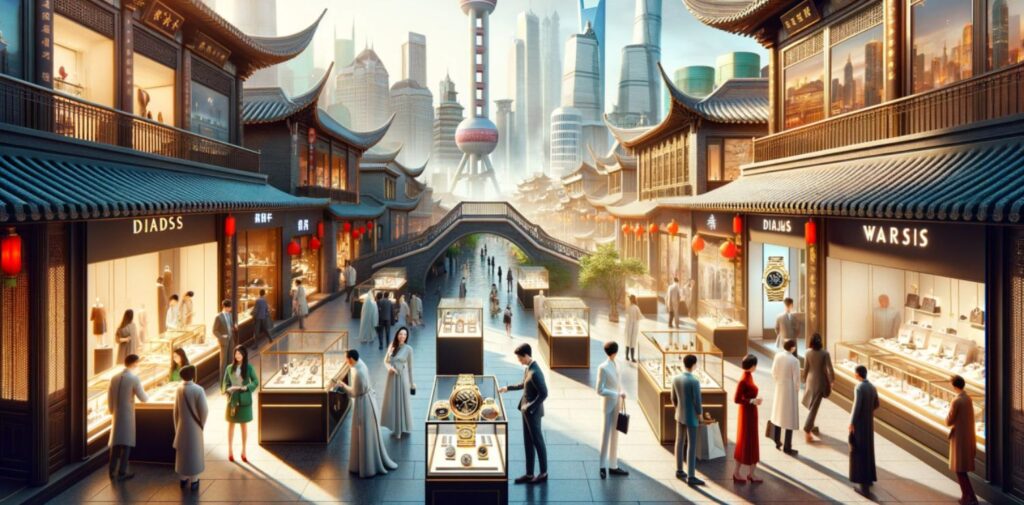
Changing Preferences in Luxury Consumption
With increasing wealth, Indian consumers are becoming more discerning in their purchases. While traditional luxury items like gold, diamonds, and fine art continue to be in demand, there is also a marked shift toward modern, global luxury products. For example, Indian consumers are now more likely to purchase luxury cars like BMW, Mercedes-Benz, and Audi, or high-end tech gadgets such as the latest Apple products.
Additionally, luxury travel has seen a significant rise in popularity. High-end resorts, private villas, and exclusive travel experiences are now more accessible to the wealthy elite in India. Whether it’s private jets, cruises, or stays at five-star resorts, Indian consumers are increasingly seeking bespoke travel experiences that offer privacy and luxury.
Another noticeable trend is the demand for sustainable luxury. As awareness of environmental issues grows, many Indian consumers are turning to brands that prioritize eco-friendly practices. Luxury brands that offer organic materials, reduce waste, or support charitable causes are now attracting more attention from the Indian market.
Global Brands Eyeing the Indian Market
The rise in India’s wealth is attracting the attention of international luxury brands, eager to tap into this lucrative market. Companies that were once hesitant to enter India are now actively expanding their presence in the country. Leading luxury brands, such as Louis Vuitton, Gucci, Rolex, and Chanel, have opened stores in key cities like Mumbai, Delhi, and Bangalore, providing Indian consumers with direct access to global luxury products.
Moreover, these brands are customizing their offerings to cater to the unique preferences of Indian consumers. For example, many luxury brands are incorporating traditional Indian designs, fabrics, and motifs into their collections to appeal to local tastes. Some are also offering personalized services to provide an exclusive shopping experience, such as private appointments and made-to-order products.
Additionally, the growing number of Indian billionaires and millionaires is prompting luxury brands to explore new ways of engaging with this elite group. Private events, invitations to fashion shows, and collaborations with Indian celebrities are becoming common strategies used by brands to create a strong connection with high-net-worth individuals in India.

The Rise of Indian Luxury Entrepreneurs
India’s rising wealth is not just benefiting global luxury brands but is also encouraging the emergence of homegrown luxury businesses. Indian entrepreneurs are increasingly establishing their own luxury brands, which cater to the tastes of the local and international markets. Whether it’s designer clothing, luxury accessories, or high-end real estate, Indian entrepreneurs are capitalizing on the growing demand for premium products.
One notable example is the luxury jewelry brand Tanishq, which has become a household name in India. The brand’s success lies in its ability to combine traditional Indian craftsmanship with modern designs, attracting wealthy consumers who seek elegance with a cultural touch. Similarly, Indian fashion designers like Sabyasachi, Manish Malhotra, and Anita Dongre have gained recognition both in India and globally, offering luxurious couture collections that appeal to the growing appetite for high-end fashion.
The rise of these homegrown luxury businesses has also led to increased investment in the Indian luxury market. Venture capital firms are increasingly backing local luxury startups, recognizing the potential for high returns in this rapidly expanding sector. This shift has created a more competitive environment, with Indian brands looking to differentiate themselves in terms of quality, exclusivity, and customer experience.
Impact on the Global Luxury Economy
India’s rising wealth is not just reshaping the domestic market but is also having a profound impact on the global luxury economy. As Indian consumers embrace luxury, their demand is influencing production, distribution, and pricing strategies of international brands. According to industry reports, India is becoming one of the most significant markets for luxury goods, alongside China and the United States.
The influx of Indian buyers into global markets has also led to an increase in luxury tourism. Indian tourists are spending more than ever on luxury travel, with destinations in Europe, the US, and the Middle East being particularly popular. Indian consumers are seeking new experiences, from luxury shopping tours to exclusive holiday packages, and this demand is driving growth in the global luxury travel industry.
Additionally, India’s growing role as a luxury market is creating new opportunities for luxury brands to innovate. With Indian consumers placing a strong emphasis on personalization, brands are now offering bespoke products and experiences that cater to their specific needs and preferences. This trend is likely to continue as India’s wealth increases, further integrating the country into the global luxury ecosystem.
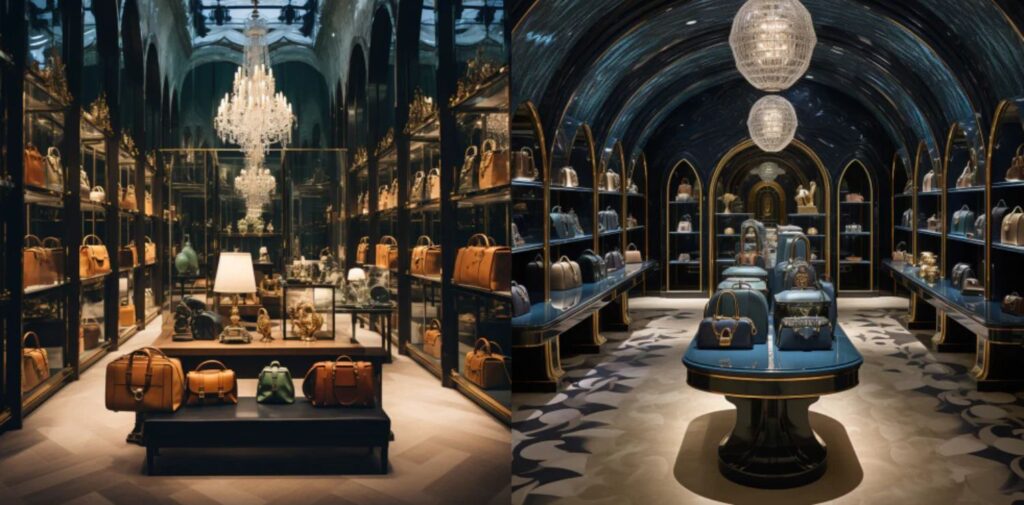
Conclusion: Global Luxury Markets
India’s rising wealth is undoubtedly reshaping the global luxury markets. With an increasing number of affluent consumers, a shift in preferences toward modern luxury, and the emergence of homegrown luxury brands, India is now at the forefront of the luxury consumption revolution. As international brands and entrepreneurs continue to focus on the Indian market, we can expect even more innovation, expansion, and competition in the luxury sector. For both global and local luxury businesses, understanding the preferences and demands of Indian consumers will be crucial for success in this thriving market.
In the coming years, India’s influence on global luxury trends will only grow, offering exciting new opportunities for consumers, businesses, and economies worldwide. With the right strategies, brands can capitalize on this golden opportunity and establish themselves as leaders in the booming Indian luxury market.

